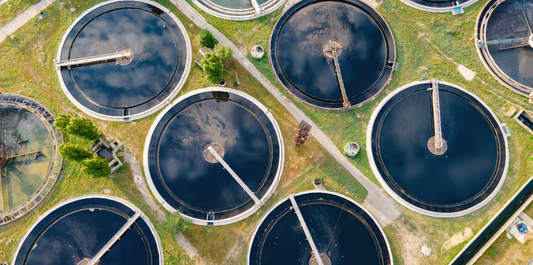Lead, a naturally occurring heavy metal in the Earth's crust, can seep into our drinking water. But how does this occur? What are the health implications? And, importantly, how can we address it? Let's explore these questions and gain a deeper understanding.
Pipes and industries
Outdated pipes and plumbing systems containing lead can introduce this toxic metal into our tap water. As water flows through these conduits, it can carry lead particles along with it. This is particularly prevalent in older buildings and homes built before 1960. You can check if your property falls into this category through the Land Registry. Additionally, industrial activities like mining and plumbing can also contribute to lead contamination in our drinking water.
The peril of lead
Exposure to high levels of lead poses significant health risks, including kidney problems, high blood pressure, nerve damage, anemia, and reproductive issues. Young children are especially susceptible to the detrimental effects of lead on their developing nervous system, which can lead to impaired cognitive function.
But wait, there's more
Did you know that apart from lead, our water can harbour other harmful substances? Medication residues, excessive fluoride, bacteria, and pesticide residues are just a few examples. Despite water undergoing treatment processes, some of these minute particles can still persist, potentially impacting our health. After all, it is recommended that we consume around 2.5 litres of water per day.
AquaTru to the rescue
AquaTru's water filter is designed to remove over 99% of harmful substances from your tap water, including lead. With its 4-stage reverse osmosis system, this easy-to-install and maintain device ensures that you can enjoy delicious water free from harmful contaminants in the comfort of your home. Experience the purest water for your body effortlessly, one refreshing glass at a time.




